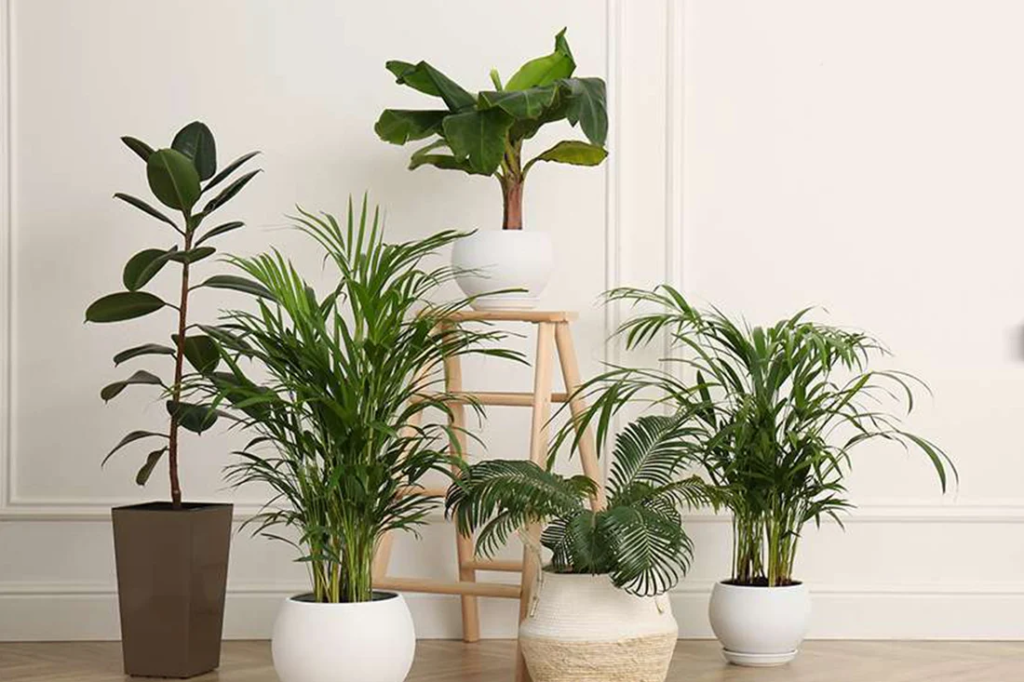Flowering and Non-flowering Plants
key notes:
Definition of Plants

- Plants are living things that grow, reproduce, and make their own food through a process called photosynthesis.
Types of Plants
- Plants can be classified into two main categories:
Flowering Plants:

- These plants produce flowers.
Non-Flowering Plants:

- These plants do not produce flowers.
Flowering Plants

Characteristics:
- Produce flowers which may turn into fruits.
- Examples: Rose, Sunflower, Mango tree.
Importance:
- Flowers are important for reproduction.
- They attract insects and animals that help in pollination.
Non-Flowering Plants

Characteristics:
- Do not produce flowers.
- Reproduce through spores, seeds, or cones instead of flowers.
- Examples: Ferns, Mosses, Pine trees.
Types:
- Ferns: Have leaves called fronds and reproduce through spores.
- Mosses: Small, soft plants that also reproduce through spores.
- Conifers: Produce seeds in cones instead of flowers (e.g., Pine trees).
Reproduction in Plants

- Flowering Plants: Use flowers for reproduction, which can develop into seeds and fruits.
- Non-Flowering Plants: Use other methods like spores or cones for reproduction.
Examples and Visual Identification
- Flowering Plants: Identify common flowering plants like daisies, tulips, and apple trees.
- Non-Flowering Plants: Identify non-flowering plants like ferns, mosses, and pine trees.
Importance of Both Types
- Flowering Plants: Provide food, oxygen, and beauty; important for ecosystem balance.
- Non-Flowering Plants: Important in ecosystems, such as mosses in preventing soil erosion and ferns in forest habitats.
Let’s practice!

